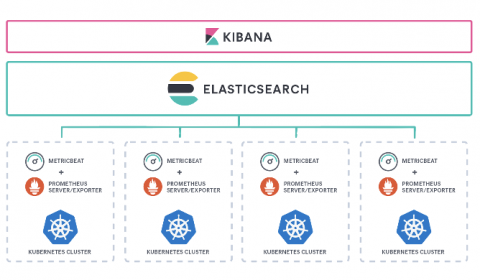Rancher Security: 2019 Recap
It’s that time of year again, the time for retrospective articles and “Top 10 of the Year” posts. We decided to focus our recap on how CVEs and changes in the threat landscape affected Kubernetes in 2019, and what changes that brought about inside of Rancher. Throughout 2019, solutions across the CNCF stack prioritized security and brought it to the forefront of both mind and action.











